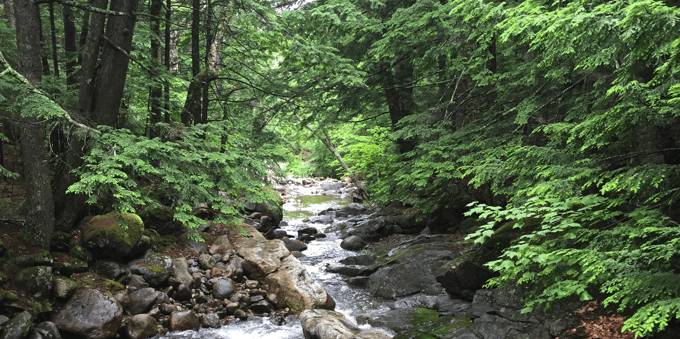After we’ve purchased LED light bulbs, upgraded our appliances, insulated our homes and switched to greener cars, a carbon footprint remains. We live an American lifestyle. If we want to get closer to “zero”, we have the option of carbon offsetting – making donations to verifiable “green” projects that are packaged specifically to offset the carbon footprint of an individual, family or business. Here are some examples:
Cool Effect – Cool Effect has a user-friendly website with specific projects, each at a different cost per metric ton of carbon. It also has an option to donate to the whole portfolio without earmarking the money for specific projects. My favorite project: small-scale bio-digesters that produce methane for household cooking in Vietnam.
Carbon Fund – Carbon Fund offers the option of calculating your personal carbon footprint or purchasing a “typical footprint” package, depending on what you want – individual, family, event, etc. You can also support specific projects. My favorite project: truck-stop electrification.
The Nature Conservancy – The Nature Conservancy carbon offset program funds forest conservation, reforestation and improved forest management projects. To find the carbon donation, go to their climate page. My favorite part: the “visit a preserve” map has places in New England that you can visit!
Green Energy Consumers Alliance New England Wind Fund – Mass Energy has a “green electricity” product. So, in essence, you’re covering part of your carbon footprint – the home electricity part. As New England has a market for these credits, the price is a little higher per metric ton of carbon offset. If you want projects built in your bioregion, this is one option for you. Currently, their projects are small wind and hydro.
Native Energy – Native Energy helps finance projects in the US and other countries. Some of my favorites are methane recovered from landfills and wastewater treatment plants, and wind farms.
I strongly encourage you to ask questions of these groups. For example, some products are tax-deductible, some let you choose projects, all have different costs per metric ton, some are verified differently, some let you visit the projects. As tax day and Earth Day are one week apart, I aim to purchase our offsets in April, to compensate for the misallocation of my federal tax dollars. I invite you to do the same.
This is a reprint of a previous Green Newton post from Katherine Gekas, Green Newton Advisory Board member, on May 13, 2017.
Updated February 2020


Recently on Twitter